

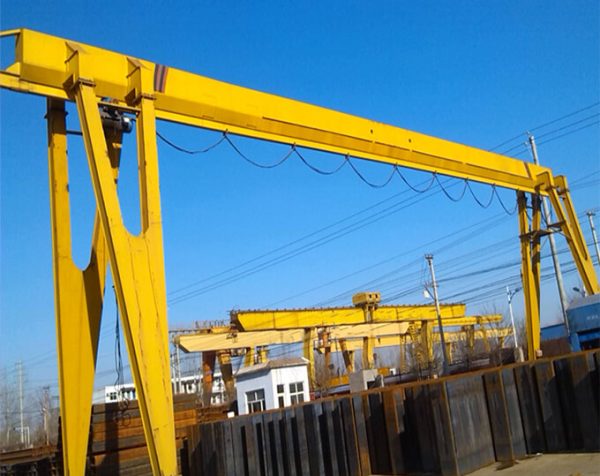
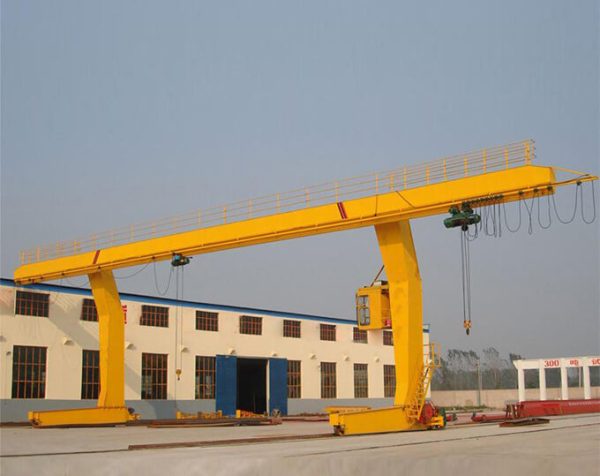
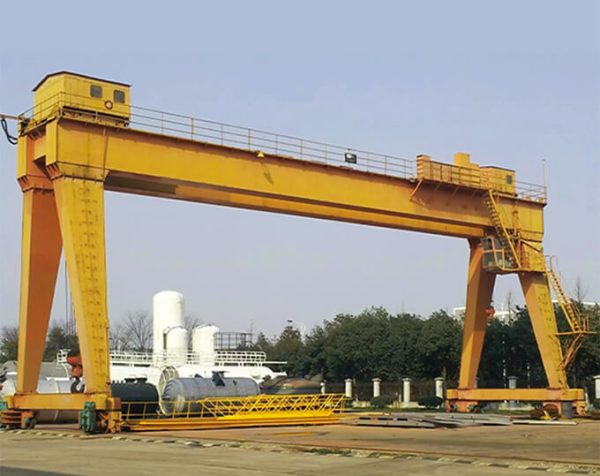
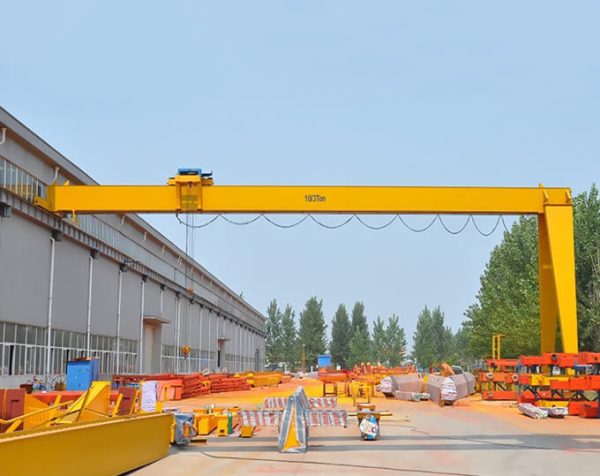
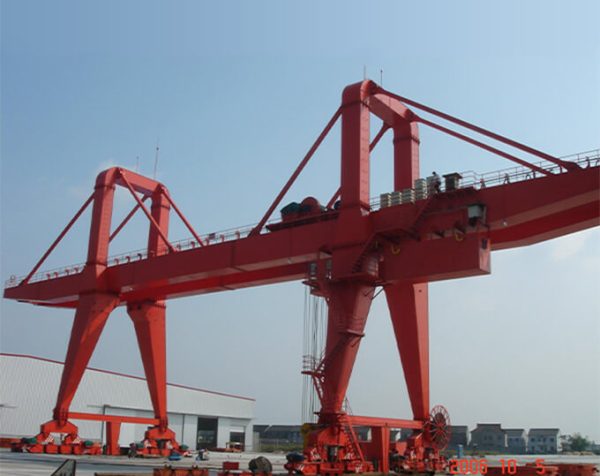
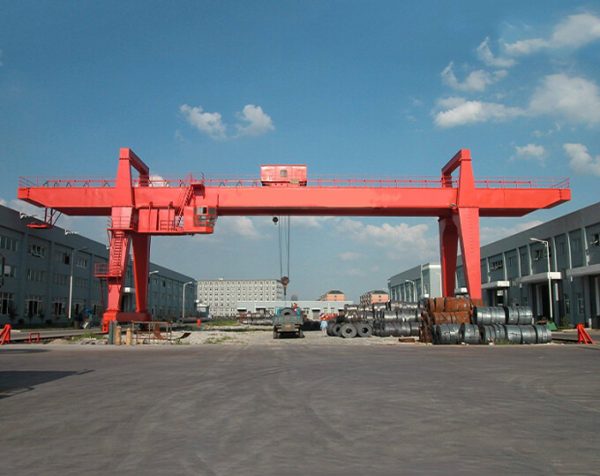
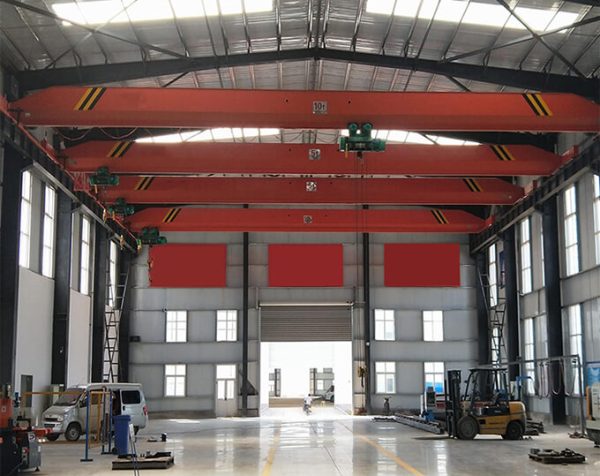
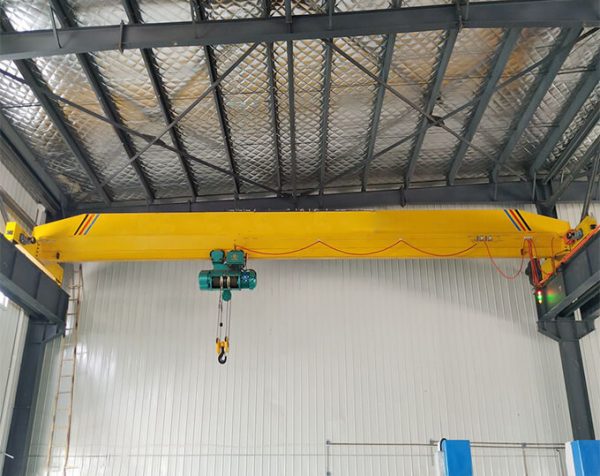
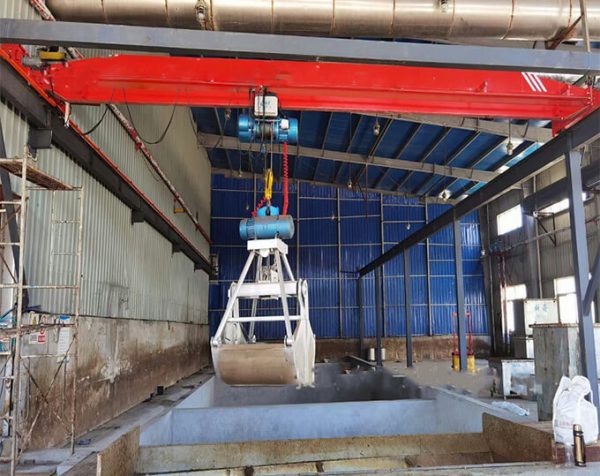
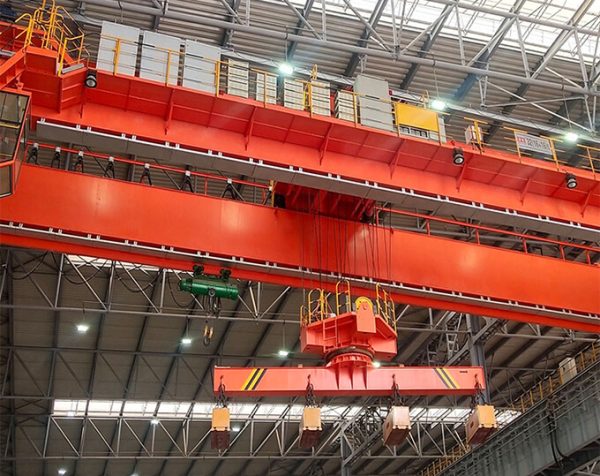
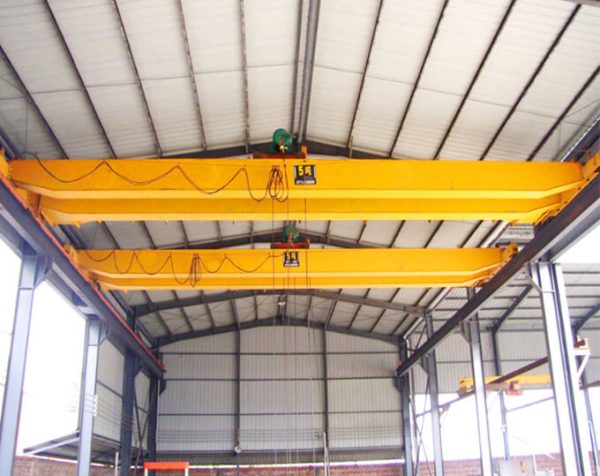
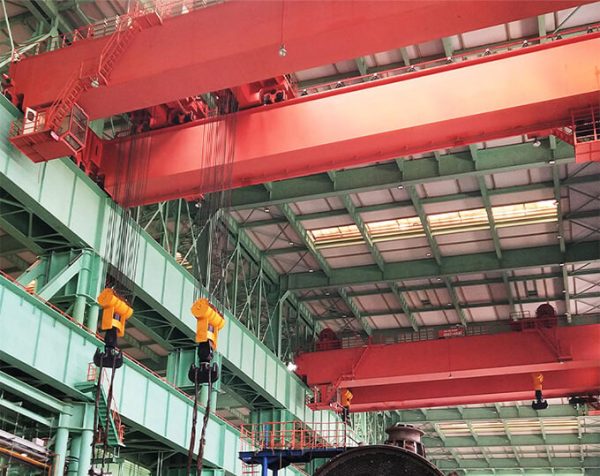
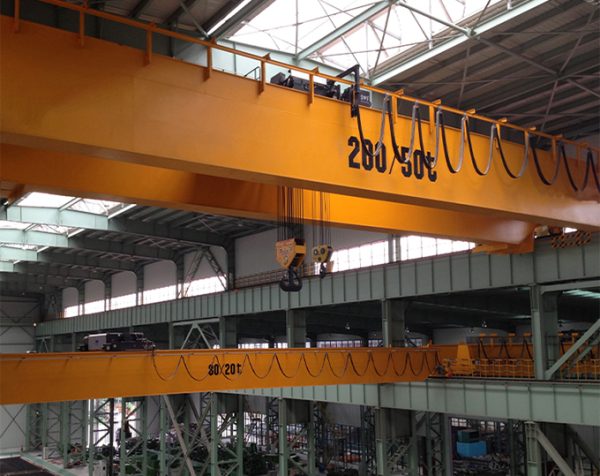


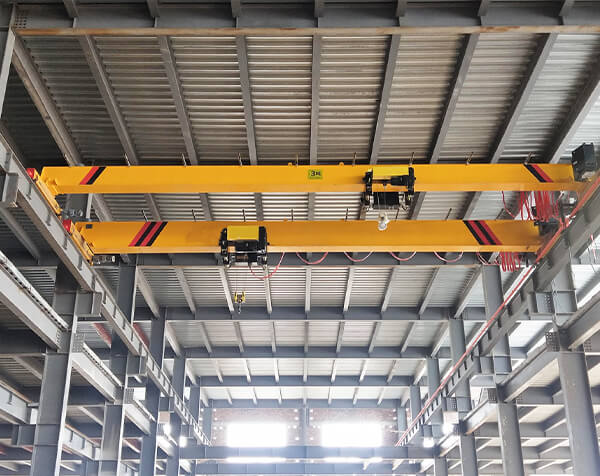
-600x476.jpg)
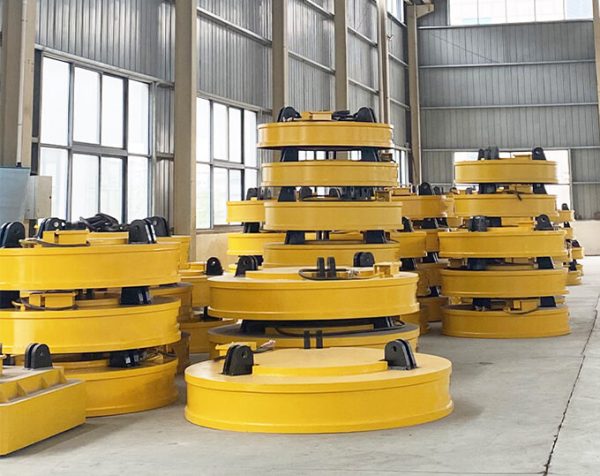
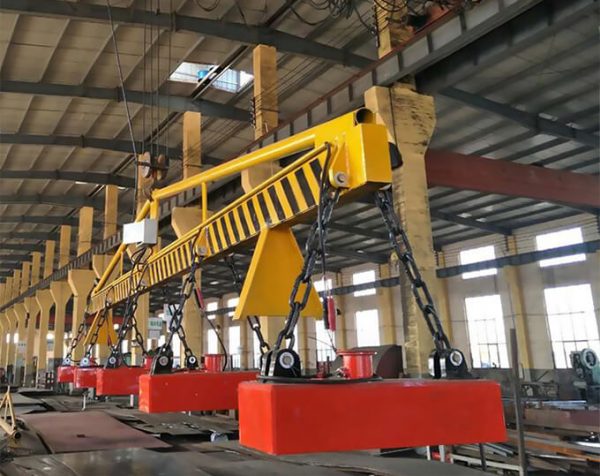
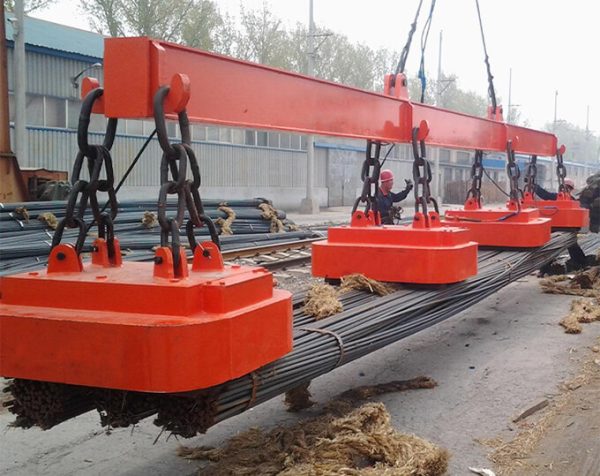
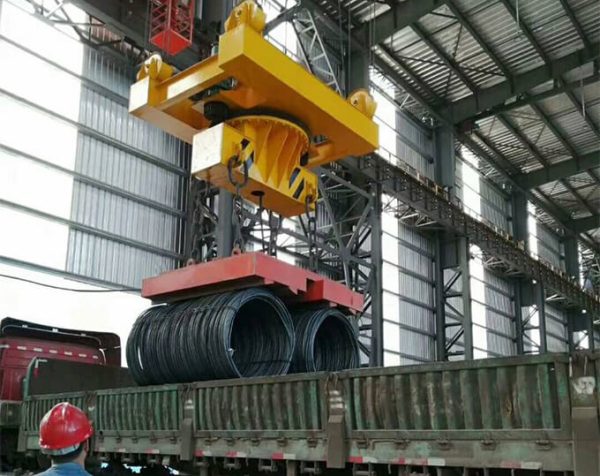
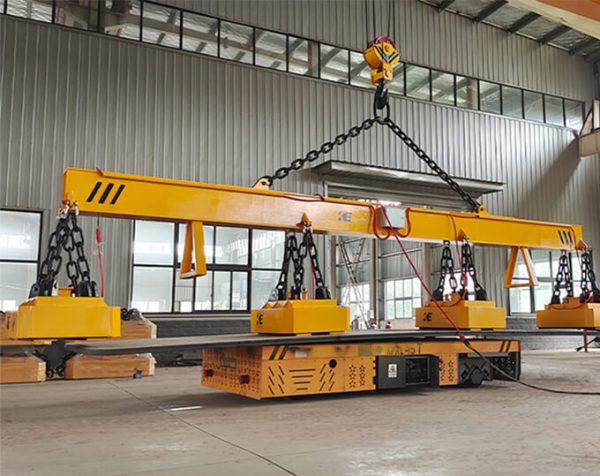
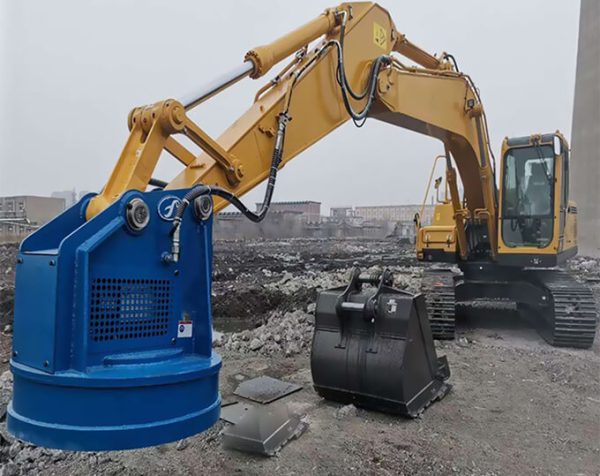
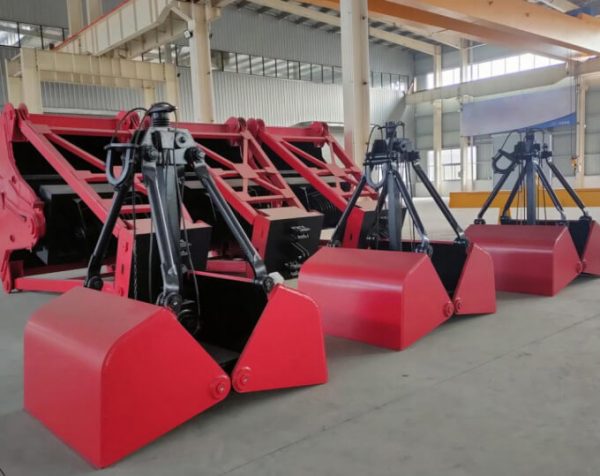
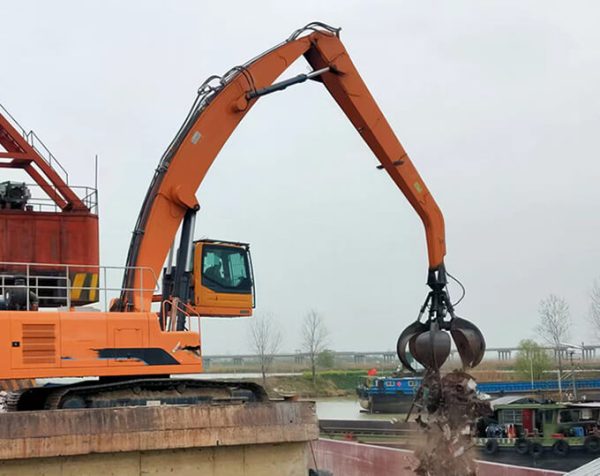
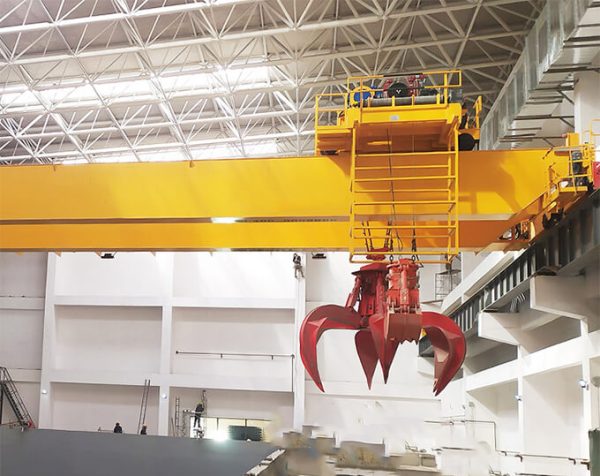
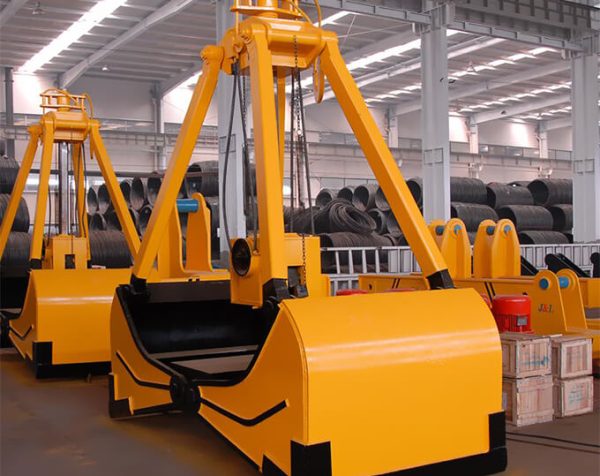
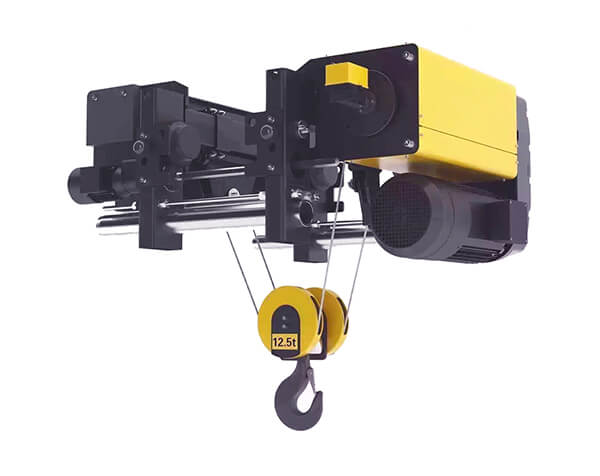
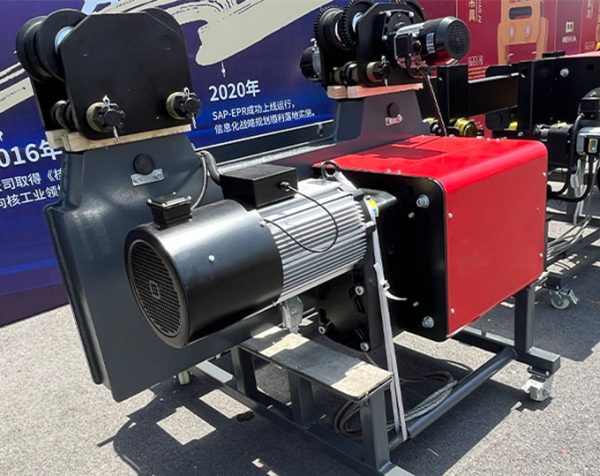
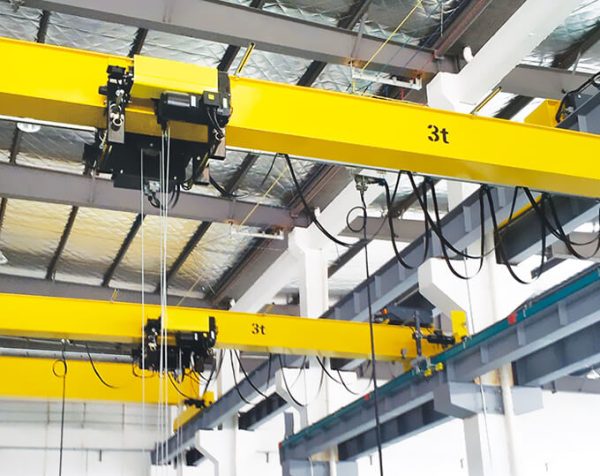
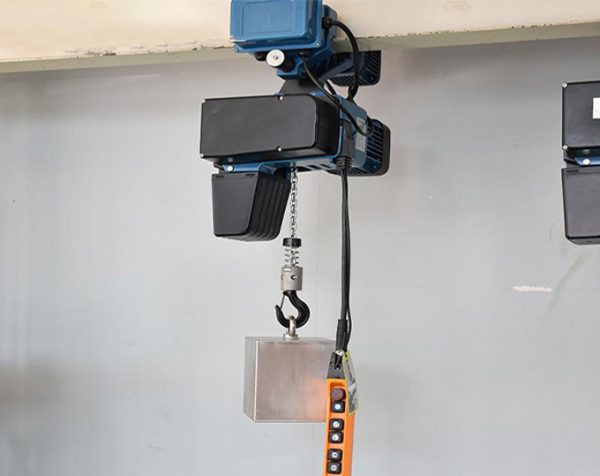
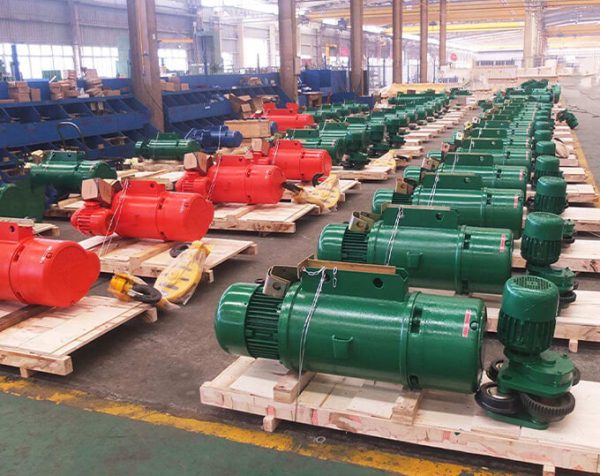
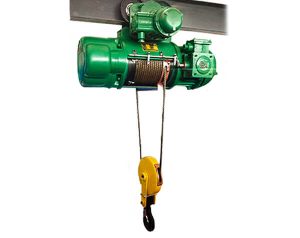


















-600x476.jpg)
















The utilization of a gantry crane represents the deployment of substantial mechanical apparatus for hoisting and transporting heavy loads. Owing to its robust structure, adaptable operation, and formidable lifting capacity, this equipment has found extensive application in industrial and construction domains. This article aims to provide a comprehensive overview of the operational aspects of gantry cranes, with the objective of facilitating correct usage and ensuring safety.
First of all, before using the gantry crane, the equipment must be inspected and maintained. Check that the individual components and connections are strong, ensure that the electrical system is operating properly, that the lubricating parts are sufficient, and clean the work area to ensure a safe and smooth working environment.
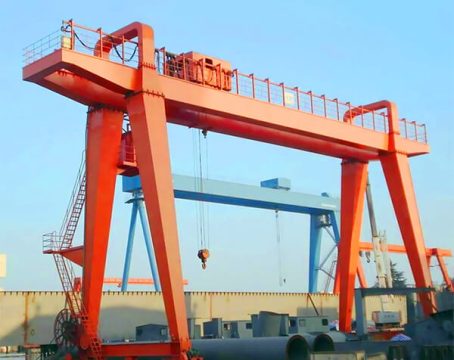
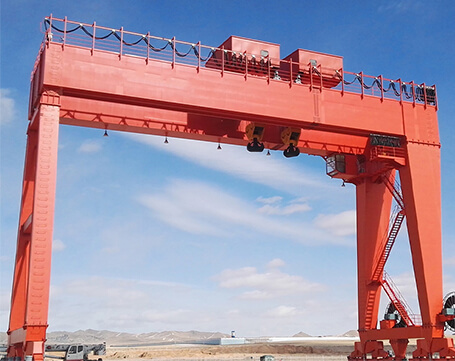
Before operating the gantry crane, you must be trained and familiar with the operation manual of the equipment. Understand the functions of the gantry console and operation buttons, and operate in strict accordance with the requirements of the operation manual.
When using a gantry crane, ensure that the surrounding area is free of personnel or obstacles. Delineate the lifting area to ensure that the hook does not come into contact with any object or structure while moving in the air. Before starting the gantry crane, warning signs and isolation facilities should be used to alert surrounding personnel to ensure safe operation.
After starting the gantry crane, the lifting height and lifting range are adjusted first to ensure that the hook can accurately reach the target position. In the process of operation, it is necessary to move the gantry crane smoothly to avoid emergency stop or sudden change of direction, so as not to cause the object to swing or danger.
When lifting and lowering heavy objects, the lifting speed should be controlled to avoid being too fast or too slow, so as to avoid impact force or imbalance causing the object to tilt or fall. After lifting the object, check whether the hook, rigging and connecting pieces are safe and reliable to ensure that the object is firmly fixed.
When the gantry crane needs to be moved, it must first stop the lifting operation, raise the hook to the highest point, and ensure that there are no people or obstacles in the moving path. Through the control button or remote control on the console, the gantry crane moves smoothly to the target position.
In the process of using the gantry crane, attention should be paid to the working state and sound of the equipment at any time, and if abnormal conditions are found, the machine should be stopped immediately for inspection. If the equipment is faulty or abnormal, contact professional maintenance personnel in time for repair and maintenance.
Finally, after using the gantry crane, the equipment should be closed and cleaned in accordance with the requirements of the operating manual. Turn off the power, clean up the garbage and residue around the equipment, and perform necessary maintenance.
In short, the correct use method is very important for the safe operation of the gantry crane. Be familiar with the operation manual of the device, receive related training, and operate the device according to the specified procedures and precautions. In the process of use, it is necessary to strictly abide by the safety specifications, ensure the safety of the surrounding environment, and always pay attention to the working status of the equipment. With proper operation and maintenance, gantry cranes provide a convenient and efficient solution for lifting operations in the industrial and construction sectors.
Hoist cranes operating in special environments such as dusty, wet, hot or cold environments require customary safety and maintenance practices, as well as safety precautions for use in special environments.
The development history of cranes can be traced back to ancient civilizations. The earliest cranes can be traced back to ancient Egypt, where they used simple rope and pulley systems for construction and transportation work. The ancient Greeks also used similar techniques for construction and sculpting. With the rise of the Roman Empire, they further improved crane technology, employing more complex pulley systems and ropes to tackle larger construction projects.
Cranes play an important role in our engineering operations, but if you want the crane to fully play its role, in addition to the need for an experienced operator to use, but also need to be regularly maintained in order to ensure normal work efficiency. So what problems should we pay attention to in the daily care and maintenance?

